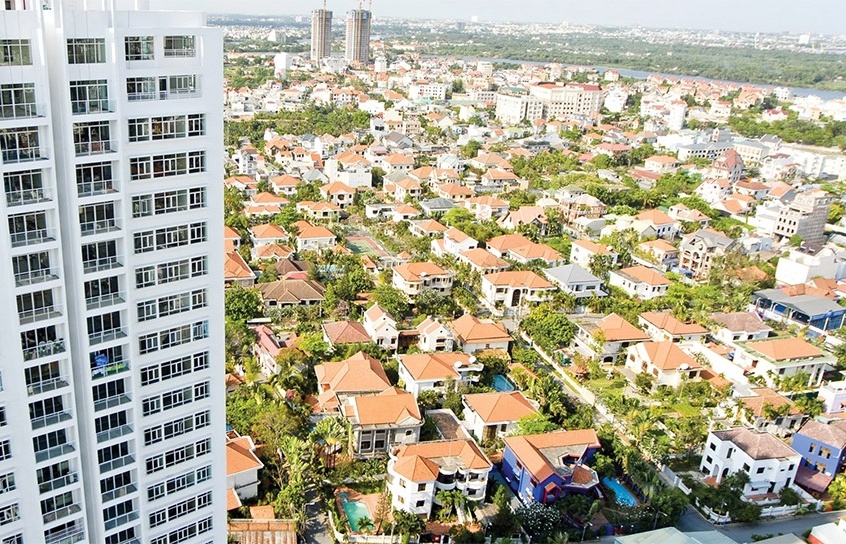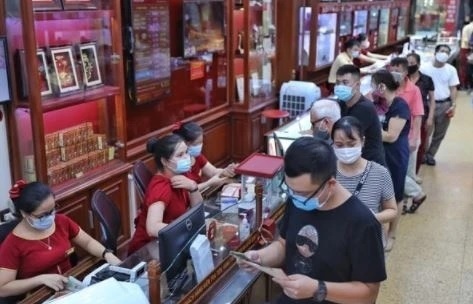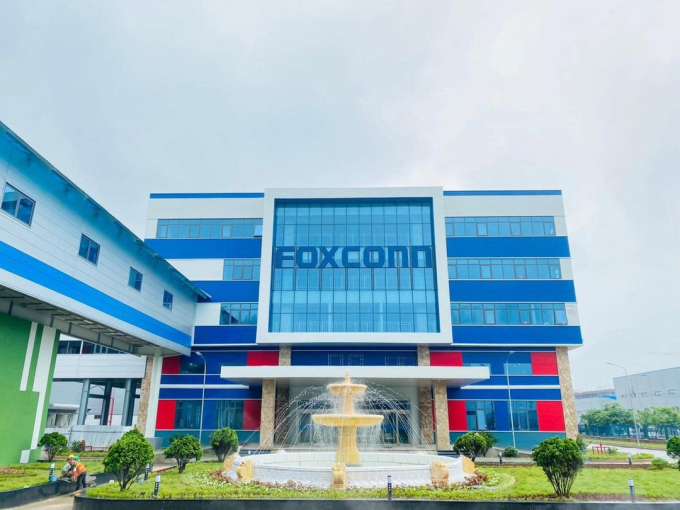NPL cancer grows, profits hit

Vietnam’s banks continue to struggle to deal with bad debt, with many NPL ratios on the risePhoto: Le Toan
According to ACB’s 2013 consolidated financial statement, its pre-tax profit was VND1.035 trillion ($49.2 million), lower than VND1.042 trillion ($49.5 million) in 2012. While profits dropped, non-performing loans (NPLs) grew, with the bank’s potential irrevocable debt (debt group 5) doubling compared to the end of 2012 to reach VND2.123 trillion ($101 million).
Similarly, Eximbank suffered a sharp drop in pre-tax profit in 2013, down 70 per cent on-year. The bank’s debt group 5 increased significantly by 35.4 per cent, reaching VND1.073 trillion ($51 million).
According to Techcombank’s statements, the bank’s consolidated pre-tax profit of 2013 was about 13.7 per cent lower than 2012. The decrease was blamed on provisions put aside to battle bad debt. The bank’s NPL ratio still stands at 3.65 per cent, significantly high to warrant the forced sale of the debt to the Vietnam Asset Management Company (VAMC).
Notably, these three banks have foreign strategic shareholders, a competitive advantage. HSBC and Sumitomo Mitsui Banking Corporation (SMBC) hold a 20 per cent stake in Techcombank and Eximbank respectively, while Standard Chartered Bank is ACB’s foreign strategic partner.
A raft of other banks have announced positive profit growth, but their NPLs have continued to increase sharply.
Sacombank’s debt group 5 increased by 13.5 per cent, and now makes up 63 per cent of the bank’s total bad debts. BIDV’s same debt group increased by 14 per cent.
Vietcombank saw the highest debt growth as the lender’s debt group 5 reached VND3 trillion ($142.6 million), 200 per cent higher than 2012’s figure.
According to banking expert Nguyen Tri Hieu, debt group 5 increases show the deteriorating quality of bad debts in general.
In contrast to the biggest banking players, smaller banks seem to have escaped the worst, especially those which underwent restructuring.
In 2013, SHB decreased its NPL ratio to 4.05 per cent from 8.5 per cent after merging with debt-ridden Habubank in 2012. The bank also reported outstanding credit growth of 34 per cent. Its 2013 pre-tax profit was VND1 trillion ($47.6 million), while it bore a loss in 2012.
TPBank surpassed their yearly profit target by earning VND350 billion ($16.6 million), double 2012’s total. The lender’s NPL ratio is also looking good at less than 2 per cent.
VPBank in 2013 posted surprising credit growth of 30 per cent, while pre-tax profit was 30 per cent higher than 2012.
While these modest success stories show how drastic restructuring can help banks escape their present difficulties and emerge stronger in the future, in general, banking profits are sliding.
NPLs continue to threaten the system. A new Moody’s report titled Vietnam Banking System Outlook estimates the figure to comprise at least 15 per cent of total assets.
“Profitability remains stagnant in a challenging operating environment in which an improved external position has yet to revive domestic demand. Weak loan demand is depressing bank margins, which remain insufficient to offset rising credit costs and improve internal capital generation,” stated the Moody’s report.
What the stars mean:
★ Poor ★ ★ Promising ★★★ Good ★★★★ Very good ★★★★★ Exceptional
Latest News
More News
- Light touch called for on gold trade (May 14, 2024 | 11:37)
- Public debt plan laid out towards 2026 (May 14, 2024 | 10:56)
- US Fed vice chair says interest rates should remain on pause (May 14, 2024 | 09:11)
- Anticipation prolonged after KRX system delayed (May 14, 2024 | 09:00)
- Fiscal deficit to require further economic assistance (May 14, 2024 | 09:00)
- Government urged to narrow domestic, global gold price gap (May 13, 2024 | 17:47)
- TTC AgriS secures an additional $80 million (May 13, 2024 | 16:37)
- Lenders increase provisioning to protect against bad debt (May 13, 2024 | 16:30)
- HDBank’s faith in ESG pays off for partners and customers (May 13, 2024 | 08:00)
- Economic experts mull over best way to aid growth (May 10, 2024 | 19:29)

















 Mobile Version
Mobile Version